1990 Ch. le Tertre Roteboeuf, Grand Cru Classe, St Emilion

Critics reviews
Robert M. Parker, Jr. - The Wine Advocate, 30th June 2009
Stephen Tanzer - Vinous, November 1993
About this WINE

Cabernet Sauvignon Blend
Cabernet Sauvignon lends itself particularly well in blends with Merlot. This is actually the archetypal Bordeaux blend, though in different proportions in the sub-regions and sometimes topped up with Cabernet Franc, Malbec, and Petit Verdot.
In the Médoc and Graves the percentage of Cabernet Sauvignon in the blend can range from 95% (Mouton-Rothschild) to as low as 40%. It is particularly suited to the dry, warm, free- draining, gravel-rich soils and is responsible for the redolent cassis characteristics as well as the depth of colour, tannic structure and pronounced acidity of Médoc wines. However 100% Cabernet Sauvignon wines can be slightly hollow-tasting in the middle palate and Merlot with its generous, fleshy fruit flavours acts as a perfect foil by filling in this cavity.
In St-Emilion and Pomerol, the blends are Merlot dominated as Cabernet Sauvignon can struggle to ripen there - when it is included, it adds structure and body to the wine. Sassicaia is the most famous Bordeaux blend in Italy and has spawned many imitations, whereby the blend is now firmly established in the New World and particularly in California and Australia.


Buying options
Add to wishlist
Description
Deep red-ruby. Fabulous nose of toffee, coffee, smoke, cinnamon, minerals and a faint animal quality. Extraordinarily thick entry; great density and sweetness but with plenty of underlying acidity and backbone. As with the voluptuous ‘89, there's lovely delineation of flavor beneath all the glycerine. Finishes with a wave of melting tannins. Kept revealing additional nuances as it opened in the glass. Along with the '90 L'Angelus, a great example of what can be done with controlled yields, 100% new oak, and - minimal filtration. This wine is now putting most of Bordeaux's bigger names to shame.
Stephen Tanzer - Vinous, November 1993
wine at a glance
Delivery and quality guarantee